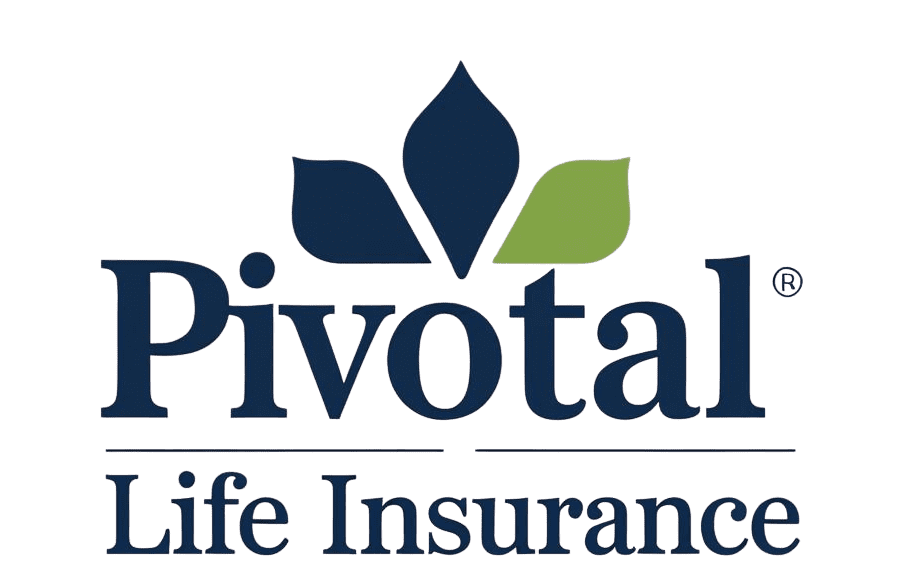Life insurance isn’t one-size-fits-all. For people whose income, financial situation, or family needs change over time, adjustable life insurance can be a flexible solution. Unlike policies that lock you into fixed premiums and benefits, this option allows you to adjust your coverage, cash value, and even your premium payments. In this guide, you’ll learn what adjustable life insurance is, why it matters, how it compares to universal life insurance and whole life insurance, and what to consider before choosing it.
Key Takeaways
Adjustable life insurance is a permanent coverage option that allows you to adjust premiums, death benefit, and cash value.
It functions as a flexible premium adjustable life insurance policy, blending protection with tax-deferred savings.
Compared with whole life insurance and term life insurance, it offers more control but also requires more management.
Potential drawbacks include policy lapse, surrender charges, and high premiums.
It’s best considered with guidance from a financial advisor or insurance broker as part of a broader retirement plan or estate planning strategy.
What Is Adjustable Life Insurance?
Adjustable life insurance is a type of permanent life insurance that combines lifelong coverage with a cash value component. This policy allows you to modify three core elements:
Premiums – You can increase or decrease payments, as long as the minimum insurance cost is covered.
Death Benefit – You may request an increase (sometimes requiring a medical exam or underwriting) or a decrease based on your needs.
Cash Value – This is a savings component that grows with interest, often at a modest interest rate. You can borrow from it, withdraw funds, or use it to pay future premiums.
This flexibility makes adjustable life insurance appealing for individuals with changing financial responsibilities, such as growing families, variable income, or long-term planning goals.
How Adjustable Life Insurance Works
An adjustable policy functions as a hybrid policy that blends insurance protection with a tax-deferred savings feature. Here’s how it typically operates:
Premium Payments – Part of your payment covers the insurance cost, while the rest goes into your cash value account.
Cash Value Growth – The account earns interest. Some policies tie growth to variable returns or market-linked rates, while others provide more stable, low-risk investments.
Adjustments Over Time – You can modify your premium payment, change the death benefit, or shift how much you allocate toward the cash value component.
Surrender Options – If you cancel, you may receive the surrender value, though surrender fees or surrender charges could apply.
Adjustable Life Insurance vs Other Policies
When evaluating life insurance, many compare adjustable life insurance with other common options:
| Policy Type | Key Features | Flexibility | Best For |
|---|---|---|---|
| Adjustable Life Insurance | Permanent coverage, adjustable premiums, cash value savings | High | Those with changing financial needs |
| Universal Life Insurance | Another name for adjustable life, offers premium and benefit flexibility | High | People who want customization |
| Whole Life Insurance | Fixed premiums, guaranteed death benefit, steady cash value | Low | Those seeking stability and predictability |
| Term Life Insurance | Temporary coverage for a set term, no cash value | None | Budget-friendly protection for a limited time |
| Variable Life Insurance | Permanent coverage with investment-linked cash value | Moderate | Higher risk, higher return investors |
Advantages of Adjustable Life Insurance
Flexibility to adapt premiums, death benefits, and cash value contributions.
Lifetime coverage as long as costs are met.
Cash value growth that can be borrowed or withdrawn.
Tax-deferred savings for long-term financial planning.
Supports estate planning by offering a tax-free death benefit to beneficiaries.
Disadvantages to Consider
High premiums compared to term life insurance.
Policy lapse risk if cash value is depleted or premiums aren’t maintained.
Surrender fees if canceled early.
Interest earnings are often modest, and investment-linked versions carry risk.
More complicated to manage than fixed-premium policies.
Who Should Consider Adjustable Life Insurance?
This policy may be a good fit if you:
Have a variable income and need flexible premiums.
Want both insurance protection and a savings component.
Are working with a financial advisor or insurance broker to build retirement plans or estate planning strategies
Value financial stability but want room to adjust coverage as life changes.
Expert Insight
Many advisors note that adjustable life insurance is most useful for people who expect their financial situation to change over time. For example, someone early in their career might start with customizable premiums and later increase contributions to build more cash value as their income rises.
Choosing the right life insurance is about matching your policy to your financial stability, family needs, and future goals. Adjustable life insurance provides the flexibility that few other products offer, but it comes with complexity. Before committing, ask yourself: What’s my biggest challenge in balancing protection and long-term savings? That question will guide you toward the policy that fits best.

